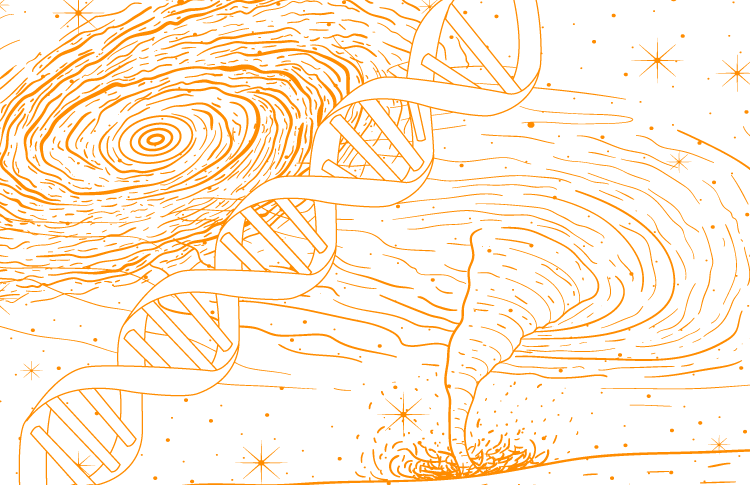While the ULISSES Project formally took its name in 2007, its roots go back to the mid-1990's when James Claus was recruited to work on computer science projects at Columbia University addressing fundamental issues in the financial system. Central to the progress over the years has been the intellectual property rights maintained by James from Columbia to the present as he has acted as the lead engineer, then primary architect and principal funder for projects in academia and industry. During this time, the central concept driving the ULISSES Project has been to bring the best technological solutions to the problems of the investment world without limitation of the traditional barriers between university departments or industry sectors. The ULISSES Project formally took its name during 2007-2008 Financial Crisis as James Claus served as faculty at UC Berkeley. Inspired by Alfred Loomis' Tuxedo Park Labs, the ULISSES Project was a response to the US Government's general call to science and mathematical researchers worldwide to address the fundamental inadequacies of the financial infrastructure that had contributed to the Financial Crisis.

With its unique connections in the world's financial capital, Columbia University has always been a nexus of the finance industry, governmental regulators, and academia. Intending to bring together innovations in computer science and finance, in the 1980's and 1990's, Columbia University operated a series of projects collaborating with partners in the financial and technology industries. The main objective of these projects was to articulate the foundational technologies for the next generation of financial systems. Early results of these collaborative projects were ideas of object-oriented systems architecture eventually deployed in Goldman Sachs as SecDB/SLANG and Morgan Stanley in its ModelWare® research system. James Claus was recruited to Columbia to work on these projects from Brigham Young University where he had been spent two years as a researcher on a Federal grant in one of the few NeXT Computer Labs established personally by Steve Jobs to promote the advances of object-oriented hardware and software architectures. It was in this environment that some of the fundamental ideas that are central to the ULISSES Project found their genesis.

As the father of operations research, UC Berkeley's C. West Churchman was fond of saying; to rebuild systems, one must take an integrated approach, examining "the whole problem." It was while James was a faculty member at Berkeley that the 2007-2008 Financial Crisis struck, acting as an impetus for a fundamental reexamination of "the whole problem of finance.” This reexamination led to an exploration of advances showcased through university partners such as Microsoft Research's eScience group and Lawrence Livermore National Laboratory. In a campus-wide audit, three areas emerged as providing particular insight into technologies that would inspire a reengineering of investment systems: astrophysics, bioinformatics, and climatology. Astrophysics provided an understanding of the restructuring of hardware and associated software systems that is necessary to accommodate what had already become unmanageable "exascale" data and processing requirements. Bioinformatics provided keys to understanding the tools that would be developed to navigate the ever-evolving world of finance in which increasingly complex and interrelated structures dominated. Climatology provided a "reanalysis framework" that could facilitate a continual refinement of data and "refactoring" of associated models.

The ULISSES Project was formed to explore and test new technologies inspired by hard “eScience” advances. The key concept driving the ULISSES Project was to restructure what had hitherto been defined as separate hardware, software, and data problems into a flexible object-oriented structure so that innovations in any of the areas could be seamlessly incorporated. This integrated object-oriented structure would avoid the issues that the Columbia inspired projects had experienced, such as the limitations of CPU-only processing or top-down taxonomic restrictions. The first area where the ULISSES Project integrated solutions were deployed was high-frequency trading systems. Working with Vhayu Technologies, a Bay Area company delivering the world's top high-frequency tools, the advances were so significant that they were rapidly deployed across numerous of the world's most significant trading operations. Following this deployment, the ULISSES Project advances were beta-tested in integrated processes and research systems with billions of dollars of trades demonstrating significant improvements over traditional systems. While generic cloud-based platforms provided the promise of gains, inherent limitations due to their "generic hardware architectures" and ecumenical software accommodation were soon reached. In response, the ULISSES Project began a joint development project with {code}, Dell Technologies' Bay Area-based open-source initiative aiding the development of next-generation cloud-infrastructures. This collaboration produced the first ARGOS cloud-based implementation that is the foundation of the ULISSES Project today.